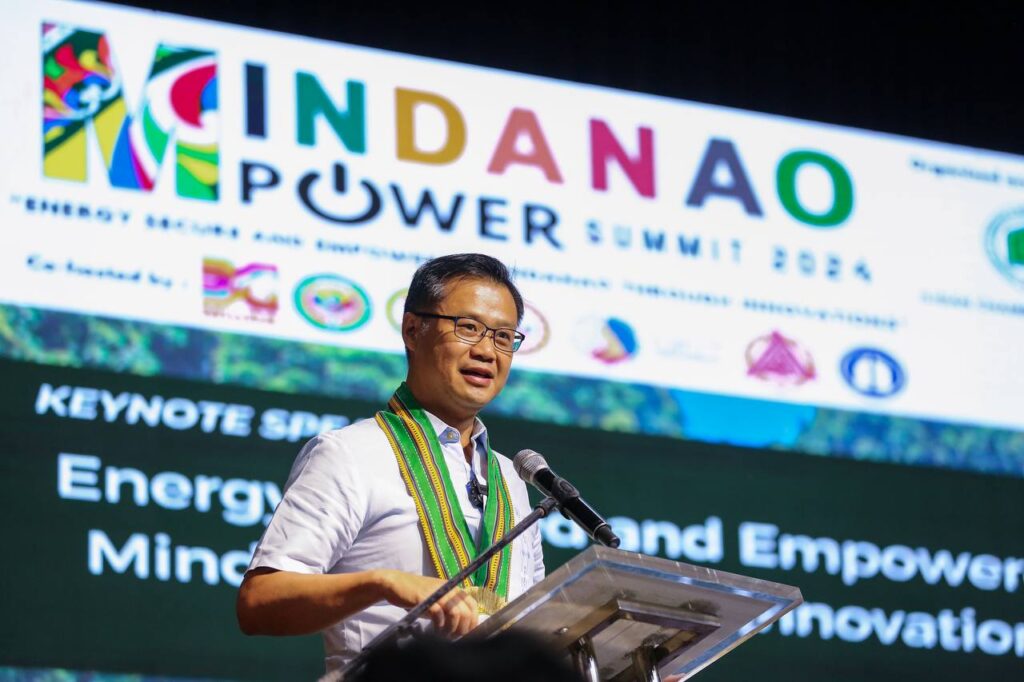Senator Win Gatchalian encouraged investors to provide capital for the development of microgrids in the country, especially in off-grid areas, to help achieve full electrification.

“Electrification is usually followed by economic development and the government in partnership with the private sector should aim to provide power for unserved and underserved areas in Mindanao,” said Gatchalian, the principal author of the Microgrid Systems Act, which aims to promote the use of microgrid systems for rural electrification in the country.
According to him, Mindanao consistently has the lowest electrification rate among the major grids, with only 80.25% as of 2023. Electric cooperatives in Mindanao, which cover 84% of total households in the region, only have a corresponding electrification rate of 78.98%.
By comparison, the electrification rate in Luzon as of 2023 is at 97.54% while the rate in Visayas is at 92.36%. Overall, the Philippines has a total electrification rate of 92.75%.
Gatchalian noted that the state-run National Power Corp. and the Maharlika Consortium recently teamed up for the provision of microgrids in Cebu, Quezon, and Palawan provinces. The contract signed with Maharlika Consortium covers 8 unserved areas in these 3 provinces.
“We are encouraged to see investors taking an interest in the development of microgrids in Luzon and Visayas. We hope to see the same level of interest for the establishment of microgrids in Mindanao,” Gatchalian said.
According to him, microgrid service providers do not need a congressional franchise to operate. Also, unserved or underserved areas, as declared by the Department of Energy (DOE), shall be deemed waived by the distribution utility involved of its obligation to provide distribution services and connections to end users and supply electricity to the area concerned.
Such areas are also given priority for low-cost, indigenous, renewable, and environment-friendly sources of energy, Gatchalian said.


